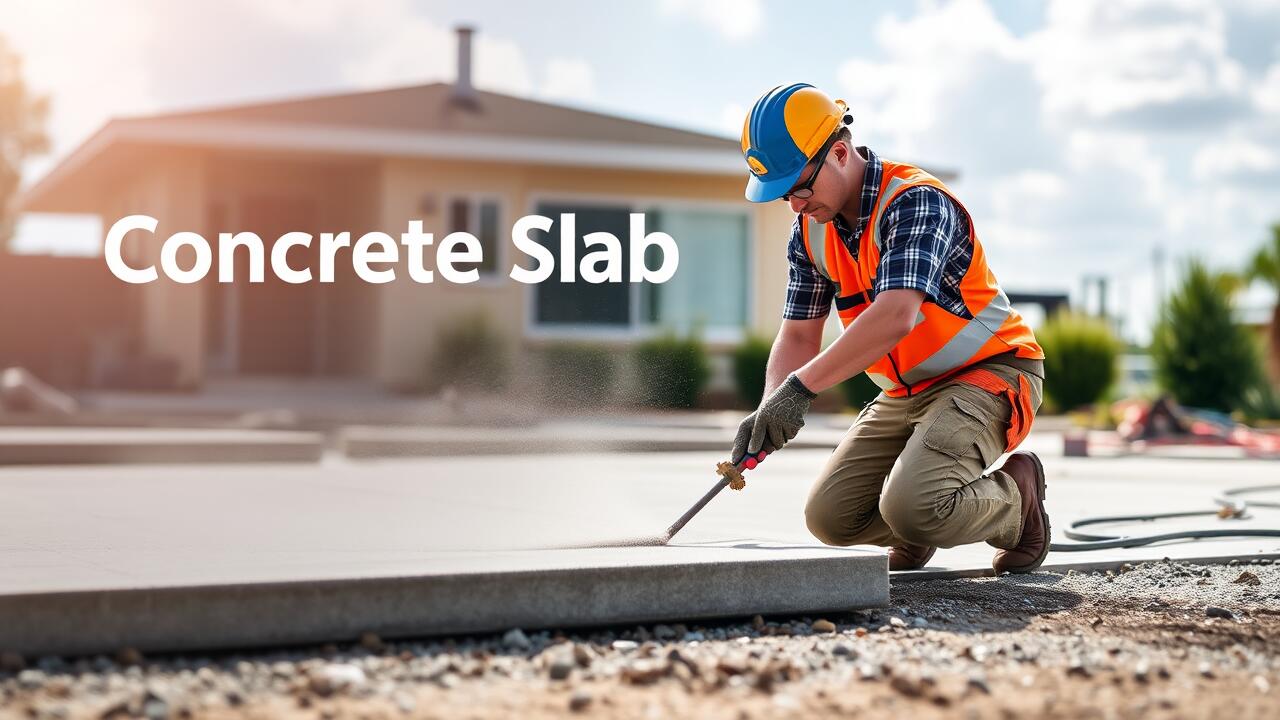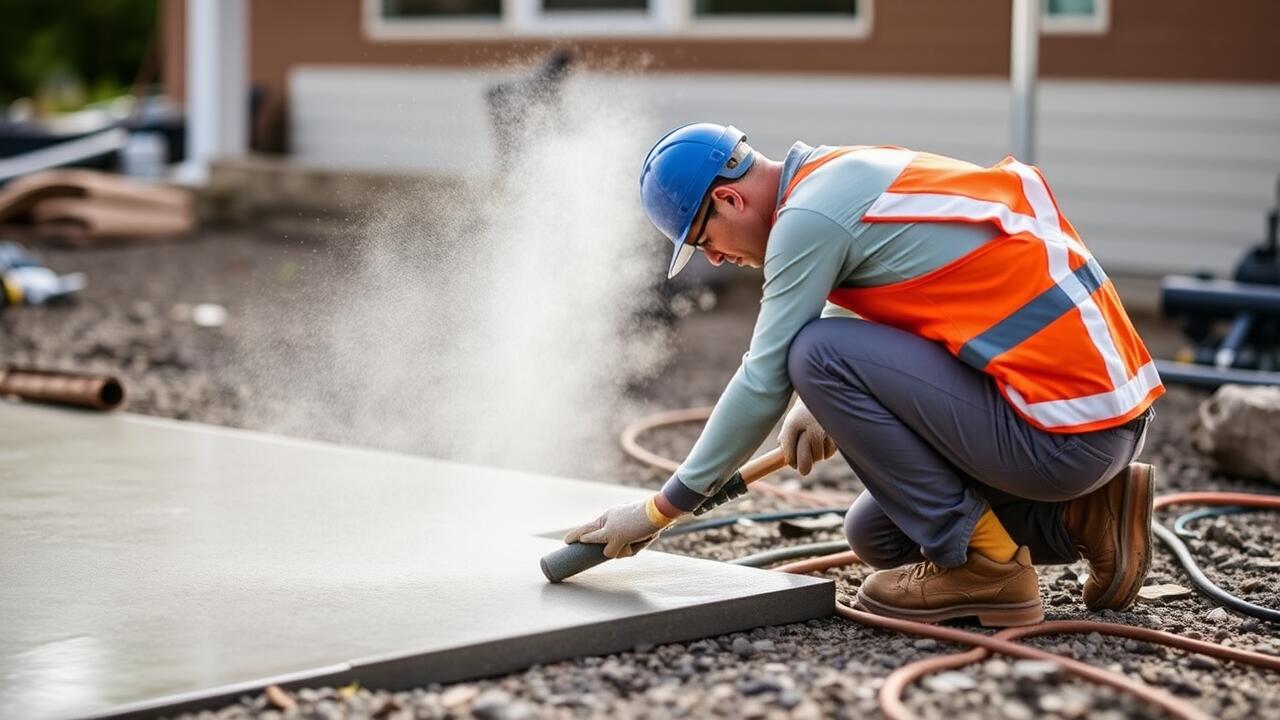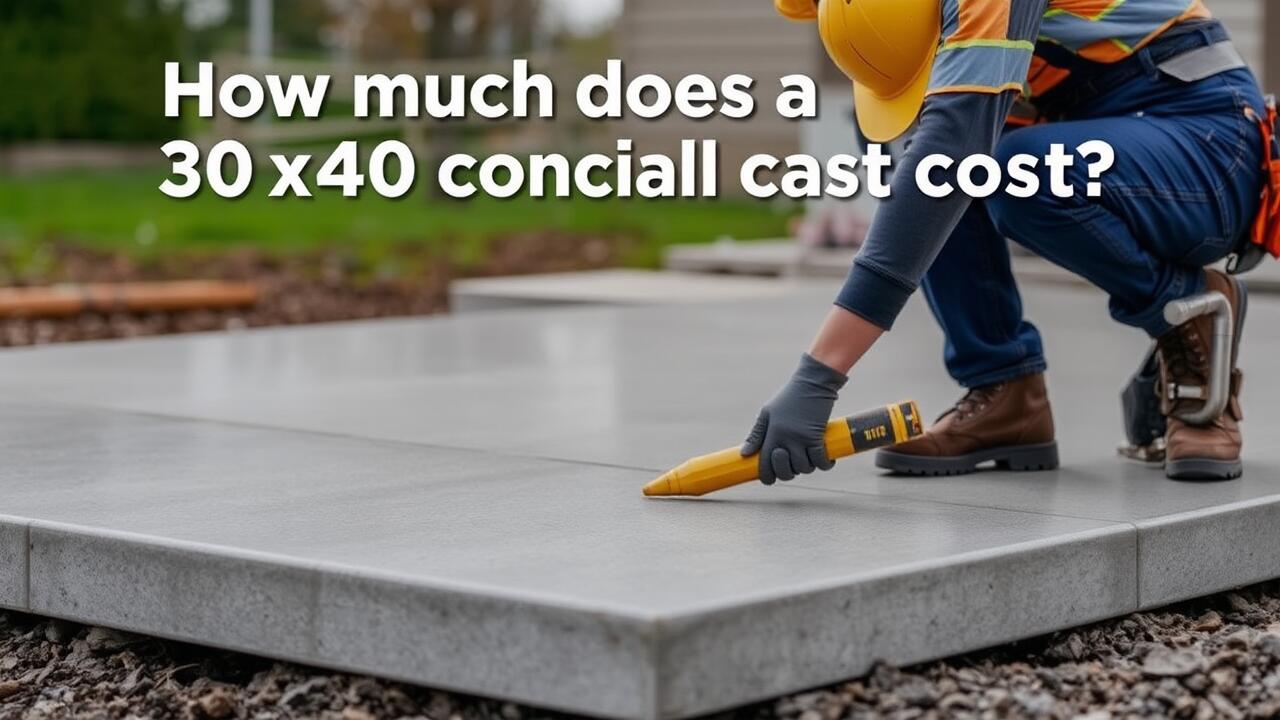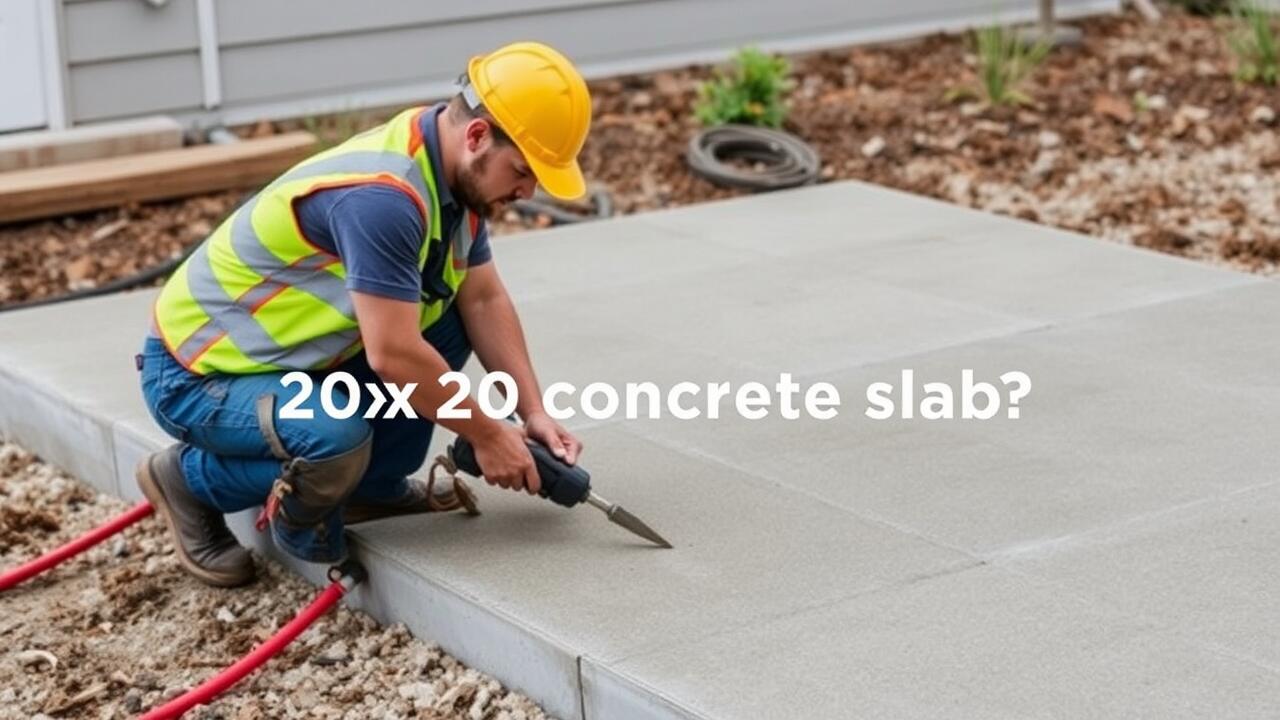
Installing Reinforcement
Properly installing reinforcement is pivotal for the integrity of a concrete slab. This involves laying out a grid of rebar or steel mesh, which provides added strength and helps control cracking. Ensure that the reinforcement is positioned according to the specifications, keeping it elevated above the subgrade to prevent it from sinking during the concrete pour. At this stage, it's important to inspect all materials for any defects that might compromise the slab's performance.
In Desert View, Phoenix Concrete Slab Installation, attention to detail during the reinforcement phase will yield better results in the long run. When placing rebar, it is essential to observe the appropriate spacing guidelines, typically determined by the slab's thickness and intended load. Ties or clips can be used to secure the rebar in place. This creates a robust framework that effectively transfers loads and enhances the overall durability of the slab.
Placing Rebar Correctly
Placing rebar correctly is crucial to ensure the structural integrity of a reinforced concrete slab. Begin by determining the correct spacing for the rebar, which typically depends on the slab thickness and anticipated load. The standard recommendation is to have rebar spaced between 12 to 18 inches apart. Use concrete chairs or supports to hold the rebar in place above the ground or gravel base, ensuring that it will be enveloped in concrete when poured. In areas like Desert View, Phoenix Concrete Slab Installation often requires awareness of local building codes that specify reinforcing requirements tailored to regional conditions.
Arranging the rebar in a grid pattern reinforces the slab efficiently. It's important to overlap the bars by at least 12 inches at the joints. Ensure that any ties used to secure the rebar are tight yet do not impede the placement of concrete. When working in a dry climate like Desert View, techniques may vary slightly to account for temperature variations. Proper placement of rebar not only adds strength but also helps prevent cracking caused by shrinkage and temperature fluctuations, vital for durability.
Mixing Concrete
Mixing concrete correctly is crucial for the strength and durability of a reinforced concrete slab. The right concrete mix ratio ensures the material can support the desired loads and withstand environmental factors. For optimal results, it's essential to use high-quality materials, including Portland cement, aggregates like sand and gravel, and clean water. Professionals often recommend a standard mix ratio of 1 part cement, 2 parts sand, and 3 parts gravel, adjusting the water to achieve the desired workability.
When working on projects such as Desert View, Phoenix Concrete Slab Installation, it is vital to consider local environmental conditions. Higher temperatures can accelerate curing, while excessive moisture may alter the consistency of the mix. This makes precise measurements essential. Using a mechanical mixer can ensure a uniform blend, crucial for achieving the required strength in the finished slab. Always prepare only as much concrete as can be placed within a few hours to avoid waste and ensure quality.
Choosing the Right Mix Ratio
Selecting the right mix ratio is essential to achieving a durable reinforced concrete slab. The most common mix ratio for structural concrete is 1:2:3, which consists of one part cement, two parts sand, and three parts aggregate. Adjustments may be necessary based on specific project requirements, environmental conditions, or the intended use of the slab. Factors such as exposure to moisture or temperature fluctuations can influence the ratio, ensuring optimal strength and stability.
For projects like Desert View, Phoenix Concrete Slab Installation, a careful consideration of additives may also be beneficial. The inclusion of water-reducing agents or retarders can improve workability and extend the setting time under hot conditions. This customization allows for better control over the concrete's final properties, which is crucial in achieving longevity and performance in the slab. Properly determining the mix ratio can make a significant difference in the overall integrity of the construction.
Pouring the Concrete
When pouring the concrete for a reinforced slab, preparation is key. Begin by ensuring that the area is clear of debris and that the forms are securely in place. This creates a stable and defined space for the concrete. Depending on the size of the slab, you may require assistance to handle the concrete mix efficiently. Working quickly is crucial to avoid premature setting of the concrete, so plan your pour according to the batch size you can manage.
For larger slabs, consider using a concrete pump to facilitate even distribution. Start pouring at one end and work your way to the other, ensuring that the mix flows smoothly across the surface. Utilize rakes or shovels to spread the concrete evenly and fill any low spots. If you are in the North Mountain area, consulting local experts in Phoenix Concrete Slab Installation can provide valuable tips for optimal results and ensure adherence to best practices during this critical phase.
Techniques for Even Distribution
Achieving even distribution of concrete during the pouring process is essential for the integrity of a reinforced concrete slab. Workers can use methods such as vibration and screeding to accomplish this goal. Vibration helps eliminate air pockets and ensures that the concrete adequately fills the forms. Once poured, the surface can be leveled with a screed, which is a straight edge that smooths the topping, eliminating any high or low spots.
In North Mountain, Phoenix Concrete Slab Installation projects often involve larger areas that require careful attention during the distribution phase. Utilizing tools like bull floats can further assist in leveling the surface after the initial screeding. These tools flatten the concrete and help bring moisture to the surface, preparing it for finishing. Consistent technique and timely execution contribute significantly to the overall quality and durability of the finished slab.
FAQS
What is the first step in constructing a reinforced concrete slab?
The first step is installing reinforcement, which involves placing rebar correctly to provide structural integrity to the slab.
How do I ensure the rebar is placed correctly?
To ensure correct placement of rebar, refer to the project's specifications for spacing and cover requirements, and use chairs or supports to maintain the correct height above the ground.
What should I consider when mixing concrete?
When mixing concrete, consider choosing the right mix ratio, which typically includes cement, sand, gravel, and water in proportions suitable for the intended strength and application.
What techniques can I use for pouring concrete?
Techniques for even distribution during pouring include starting at one end of the slab, using a chute or pump to direct the flow, and spreading the concrete with a screed board to ensure a level surface.
How long does it take for a concrete slab to cure after pouring?
A concrete slab generally takes about 28 days to cure completely, but initial setting can occur within a few hours. To achieve optimal strength, it's essential to keep the surface moist during the curing process.




